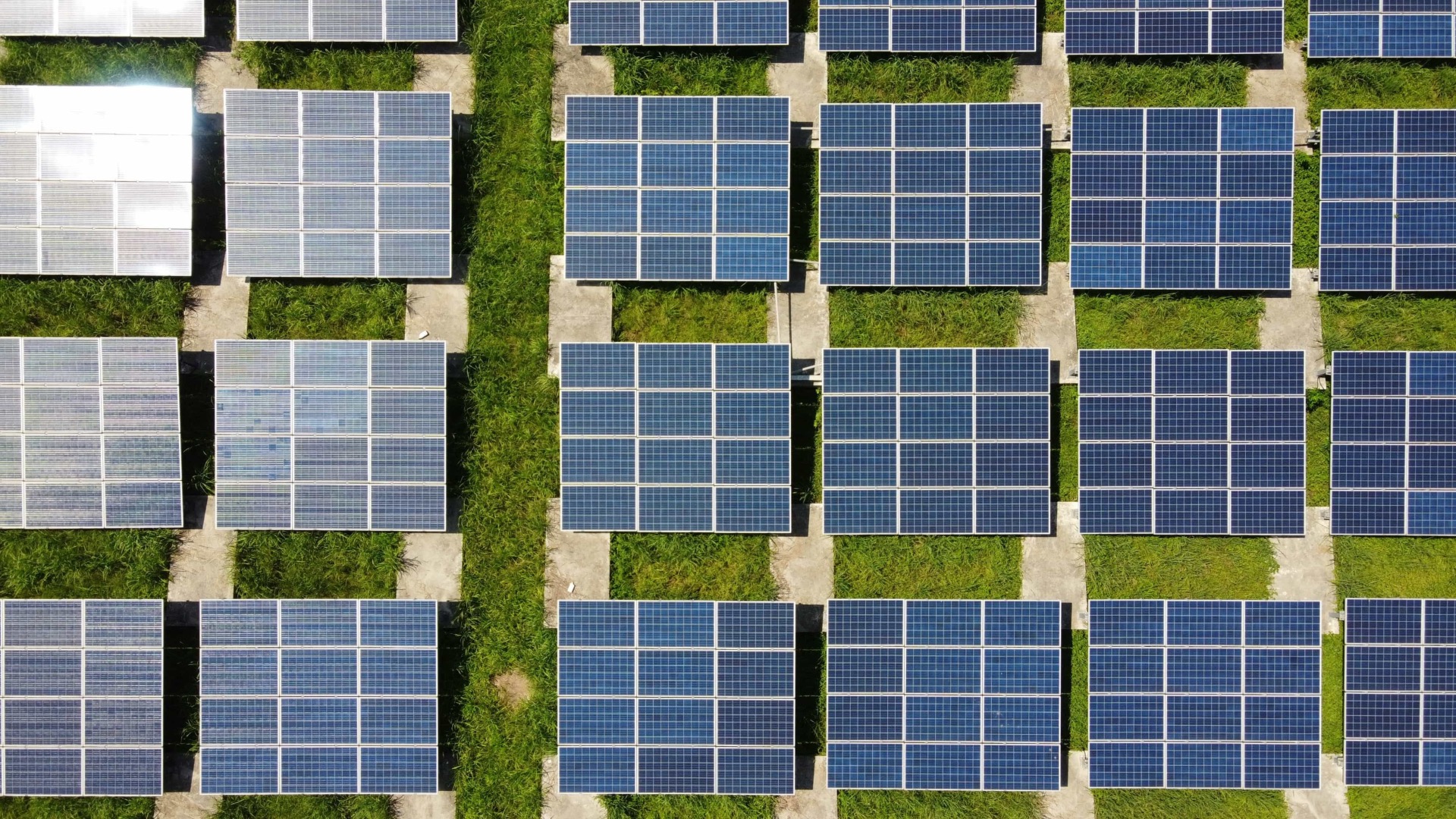Researchers in Iceland have discovered a new way to predict earthquakes by observing changes in groundwater chemistry. This approach could eventually allow scientists to forecast earthquakes months in advance by examining specific chemical changes in groundwater. The study is based on the idea that as stress builds up in the Earth's crust before an earthquake, it creates tiny fractures and causes groundwater to mix with surrounding minerals, altering its chemical makeup. These changes may signal an impending earthquake in areas like Iceland, where seismic activity is common.
How Water Chemistry Might Signal an Earthquake
For over 50 years, scientists have observed that groundwater can act as a silent messenger before an earthquake strikes. Changes in levels of certain elements, like sodium and calcium, as well as isotopes (different forms of elements like hydrogen and oxygen), have been recorded in regions with high seismic activity. These shifts happen because the Earth’s crust stretches, contracts, and fractures as it builds up stress before an earthquake. This movement allows groundwater from different layers to mix and react with the surrounding rock, leading to detectable changes in water chemistry.
In Iceland, researchers focused on a well in the north, close to fault lines that often experience seismic activity. Over a 15-year period, they recorded regular samples of groundwater, monitoring how specific chemicals fluctuated over time. They found that major earthquakes, those with a magnitude of 5 or higher, were often preceded by changes in the groundwater’s chemistry. By watching these patterns, scientists hope to develop a method to predict when an earthquake might occur.
Key Chemical Clues: Sodium, Calcium, and Isotopes
The research focused on a few key chemicals and isotopes in the groundwater. Two specific isotopes, variants of hydrogen and oxygen, were central to the study. These isotopes are valuable because they help identify different sources of water underground. When these isotopic ratios shift, it can indicate that water from one source is mixing with water from another source, likely due to crustal stress.
Another major clue came from sodium levels. When the Earth’s crust begins to strain and microfractures form, these tiny cracks allow groundwater to interact more directly with minerals in the surrounding rock. Sodium, which is naturally present in Icelandic rocks, can leach into the groundwater as these fractures open up. Before significant earthquakes, scientists noticed that sodium levels in the groundwater would rise, likely because the increased fracturing of rocks released sodium from mineral deposits.
Similarly, levels of calcium and silicon also changed before certain earthquakes. This pattern suggests that these elements were being released from minerals in the rock as the crust prepared for an earthquake. These shifts didn’t just happen randomly - they followed a cycle that researchers believe might be connected to the gradual build-up and release of stress in the crust.
Predicting Earthquakes: What’s the Success Rate?
To test their theory, scientists looked back at their data to see if they could have predicted any of the earthquakes that occurred in the study period. They found that about 20–32% of major earthquakes could have been forecast using this chemical monitoring method. This success rate isn’t high enough to fully predict every earthquake, but it’s a promising start.
One of the study's strongest findings came from a 2020 earthquake. In the months leading up to this quake, the isotopic and sodium levels in the groundwater showed a clear shift. This change, researchers suggest, could serve as a signal for future earthquakes if similar patterns are observed.
Challenges and Future Applications
This method for earthquake prediction isn’t perfect and has some limitations. For one, it requires years of careful monitoring to understand the natural baseline of groundwater chemistry in a specific location. Not all sites are suitable either; groundwater sources need to be isolated enough to avoid interference from seasonal changes or human activities.
However, if these conditions are met, this approach could be adapted to other earthquake-prone areas. Long-term monitoring could reveal new patterns that may help refine the prediction method, potentially improving accuracy over time.
A Step Closer to Predicting Earthquakes
This study provides new insights into the potential for using groundwater chemistry as a forecasting tool for earthquakes. While still in its early stages, the method offers hope for developing more reliable prediction techniques in the future. By detecting subtle changes in groundwater deep beneath the surface, we may be able to anticipate earthquakes and mitigate their impact on communities.
This research is a significant step forward in the quest to understand the complex signals that precede earthquakes. If scientists can continue to fine-tune these methods, we may one day have the tools to predict earthquakes months in advance, saving lives and preparing communities for seismic events.


